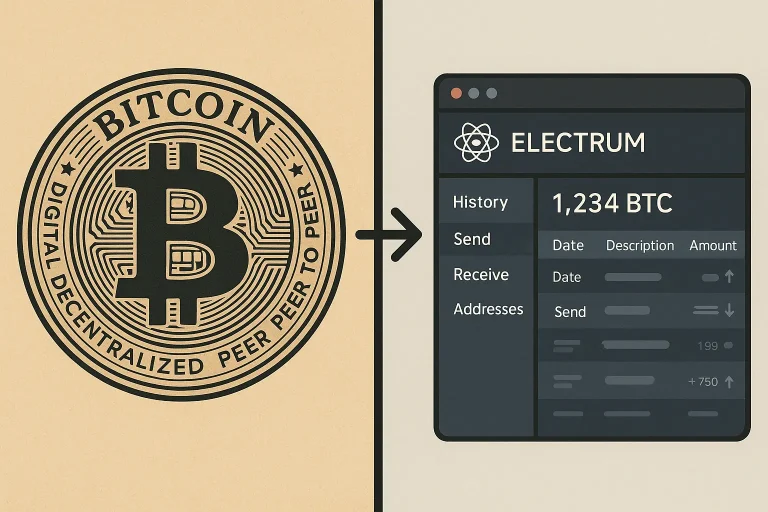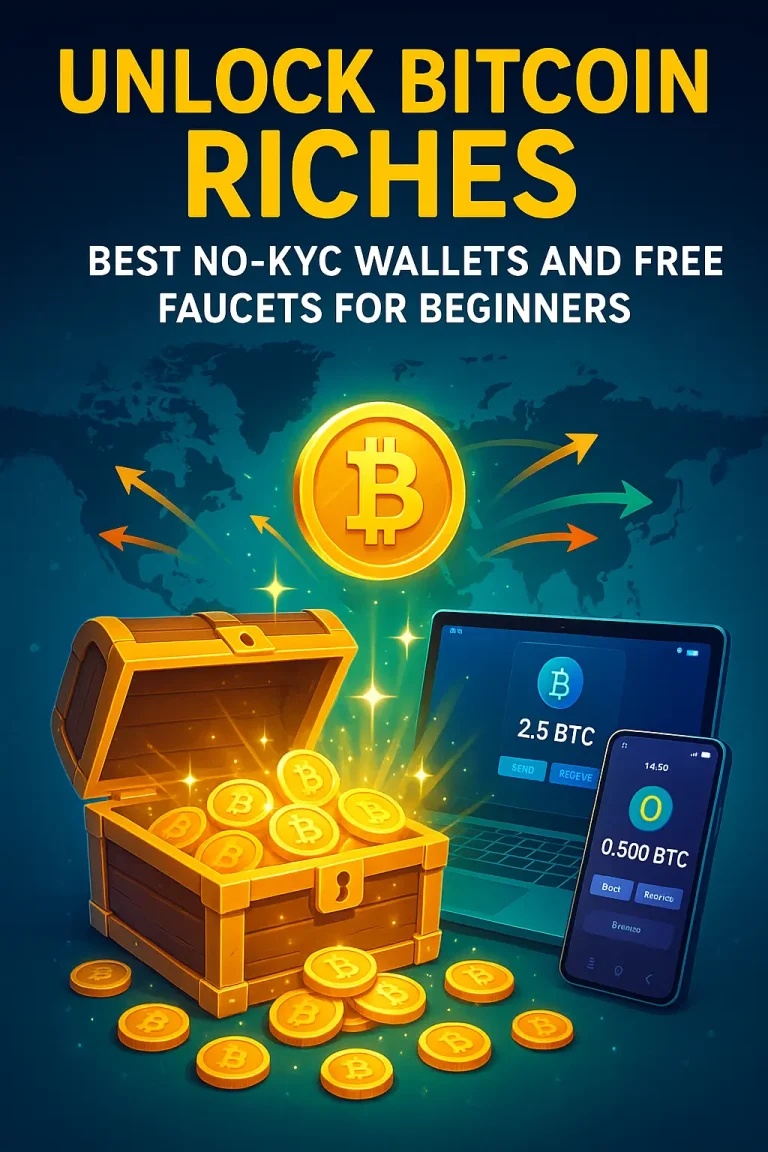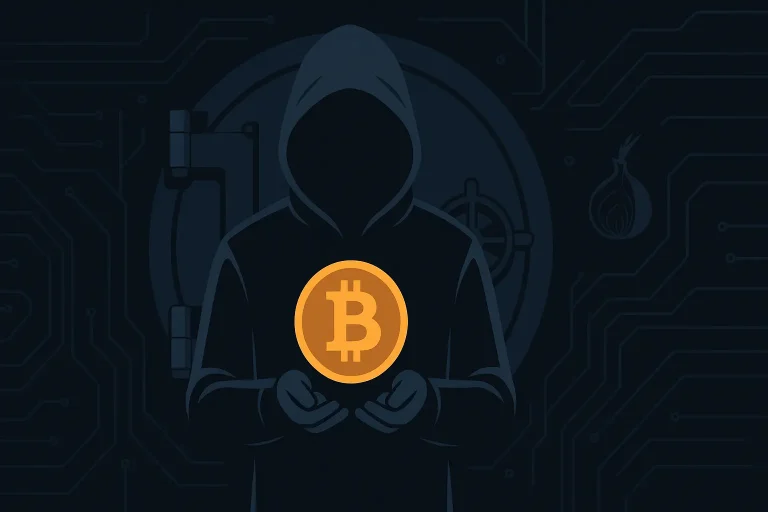
Everyone online is selling something—but very few are doing it profitably. Most creators, freelancers, and solopreneurs hustle content, chase likes, and still struggle to break $1,000/month. The problem? They’re not building systems. They’re working gigs in disguise.
The smart ones focus on leverage. And the most effective form of online leverage right now? Digital assets stacked into a funnel.
Not just random PDFs or half-baked eBooks. Actual problem-solving tools, layered into a revenue system that converts cold leads into customers and customers into recurring income. That’s a digital asset funnel. You build once, and it keeps paying.
Let’s break it down and build it right—step by step.
Start With Digital Assets That Solve One Sharp Problem
The phrase digital asset gets thrown around too loosely. Not every download or blog post qualifies. A real digital asset is something that delivers value without needing your presence. It lives online. It scales. It solves a problem completely or moves someone one step closer to a bigger goal.
The best-performing digital assets in 2025 aren’t flashy. They’re useful.
- Niche templates (Notion, Excel, Airtable)
- Targeted checklists or operating systems
- Short, outcome-based mini-courses
- Toolkits with swipe files, prompts, calculators
- Premium email sequences with layered value
Each of these can be created once and monetized repeatedly. But what separates an asset that sells from one that collects dust is specificity. “Productivity planner” is vague. “Client Onboarding Checklist for Solo Designers” speaks directly to pain.
The Lead Magnet: Where Every Digital Funnel Begins
To sell a digital product, you need traffic. But more than that, you need permission. Email is still the highest-converting channel, and that means your first step is building a list.
A good lead magnet earns the opt-in. A great lead magnet pre-sells the rest of your funnel.
Here’s what works best right now:
- One-page calculators
- Quick-start checklists
- “Behind the curtain” swipe files
- Free niche-specific audits
- Action-first email mini-series (3–5 parts)
Don’t overthink design. Do obsess over the problem it solves. Use long-tail SEO keywords like freelance proposal checklist download or free brand strategy worksheet to rank the opt-in page on Google. That’s how you start collecting leads without ads.
The Tripwire: Qualify Buyers Early With Micro-Offers
This is where you separate browsers from buyers. A tripwire is a low-cost offer that follows your lead magnet. Think $7 to $29. But it’s not about revenue. It’s about behavior. If someone pulls out a credit card once, the odds of them buying again go up dramatically.
What sells best?
- Templates with tutorial videos
- Simple automations that save time
- Specialized spreadsheets
- Deep-dive guides that shortcut a painful task
This is a perfect place to test pricing, messaging, and offer structure. It also gives you your most valuable marketing asset: a buyer list.
Search traffic that lands here can convert quickly if your keywords match high intent. Use phrases like best tripwire offer for coaches or buy lead magnet funnel template in your metadata.
Email Sequence: Where Trust Compounds Into Revenue
You’ve got the lead. Maybe you got the first sale. Now the real funnel begins.
Your automated sequence should do three things:
- Deliver ongoing value (examples, insights, results)
- Build credibility and differentiation
- Make the next offer feel obvious
Structure it like this:
- Day 1: Deliver the lead magnet and give a related quick win
- Day 2: Share how you or a client used the same process successfully
- Day 3: Tackle a common objection (pricing, time, results)
- Day 4: Make a focused offer that aligns with the previous content
- Day 5: Follow-up with a last-chance note or a bonus
Keep it plain. No fluff. Real examples > theory. You want your audience to feel momentum just from reading your emails.
Core Offer: This Is Your Profit Center
Once trust is built, it’s time to make the main offer. This is the digital product (or bundle) that solves a full problem or unlocks a complete transformation.
Popular formats that sell well in 2025:
- Niche-specific playbooks (e.g., “The Freelancer's $10K Client System”)
- Self-paced bootcamps with a results-based promise
- Memberships that include fresh templates and tools each month
- “Done for you” systems (think AI prompt libraries or Zapier automation kits)
At this stage, you're not selling features. You're selling outcomes. Your landing page should include testimonials, before-and-after examples, and a guarantee—something that removes doubt without reducing your value.
Use search intent terms like buy client onboarding system or course for new Etsy sellers in your H1s and meta tags.
Recurring Revenue: Leverage That Compounds
Most digital business owners stop at the one-time sale. The smart ones build in recurring revenue from day one.
This doesn’t have to be a huge community or SaaS platform. It can be simple:
- A monthly email newsletter with gated premium content
- A Notion vault that updates monthly
- A private group with live sessions and template drops
- Ongoing coaching or consulting access via retainers
The key is consistency. If someone pays monthly, you owe them a monthly win. Keep it tight. Don’t add fluff just to “bulk up” value. People don’t want more. They want progress.
Distribution: Where to Get Traffic That Buys
You’ve got the funnel. Now get people into it. The best traffic sources for digital asset funnels in 2025:
- Search (SEO): Target low-competition long-tails like how to sell a Notion template or downloadable planner for ADHD entrepreneurs.
- YouTube tutorials: Teach one step, then link to your lead magnet or tripwire.
- Pinterest: Still underrated for niche products. Visual assets (especially checklists, planners, calendars) thrive.
- Email swaps or partner shoutouts: Find others in your space and do trades.
- Micro Reddit communities: Answer real questions, link only when it adds value.
Do not build your entire funnel on borrowed traffic. Use it to pull people into your system, where email and assets do the selling.
Final Framework: The Full Funnel in One Stack
Here’s the layout:
- SEO-optimized lead magnet page → captures email
- Thank-you page with tripwire → qualifies buyers
- 4–5 day email sequence → delivers trust and value
- Core offer landing page → converts your most engaged leads
- Optional: recurring product (or backend offer) → increases LTV
- Weekly or monthly content → fuels top-of-funnel traffic
You don’t need it all today. But you need to think like an architect. Stack your assets in the right order. Make every piece of content move people forward.
Start Simple. Build Ruthlessly. Iterate Weekly.
The biggest mistake? Waiting until it’s “perfect.” Perfection is the enemy of revenue. Build your first asset. Get the first opt-in. Test the first sale. Then layer the next piece.
Digital funnels aren’t sexy—but they work. If you want to make money without chasing clients or constantly posting, this is the path.
One digital asset at a time. One offer. One system.
That’s how you stop working for money and start building something that works for you.



